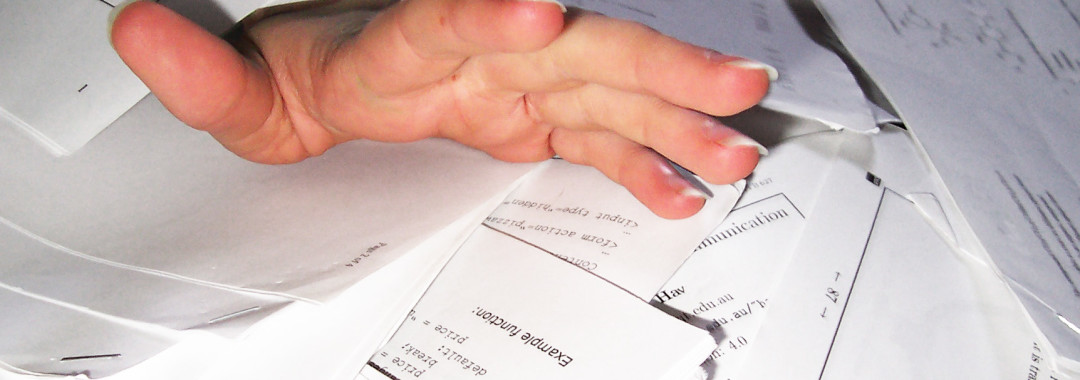Student loans are becoming a giant burden for individuals in the United States. According to the Student Loan Debt Clock, Americans currently owe over $1.3 Trillion in student loans. So, if you are one of the many who owe student loans and are having trouble repaying them, can bankruptcy help? The short answer is that it is possible, but very difficult to eliminate student loan debt through bankruptcy. But that does not mean that a bankruptcy cannot help you. If you are facing pressure from other sources of debt, getting a fresh start by eliminating that debt can help you pay your student loan bills.
Student Loans and the Bankruptcy Discharge
Generally, you cannot eliminate (discharge) student loan debt in bankruptcy. However, there are some exceptions. 11 U.S.C. section 523 excepts from discharge student loan debt if paying the debt after bankruptcy will impose an undue hardship on the debtor and the debtor’s dependents. The Southern District of Georgia follows the Brunner test of undue hardship, which requires
- that the debtor cannot maintain, based on the current income and expenses, a “minimal” standard of living for herself and her dependents if forced to repay the loans;
- that additional circumstances exist indicating that this state of affairs is likely to persist for a significant portion of the prepayment period of the student loans; and
- that the debtor has made good faith efforts to repay the loans.
In order to prove that your loan passes the Brunner test, you will have to file an adversary complaint to determine the dischargeability of your debt. Filing this complaint and seeing it through to conclusion will increase the cost of your bankruptcy, but depending on your situation, it may be worth the added expense. However, proceed with caution in seeking the hardship exception: it is only granted in the most severe of cases.
Non-Bankruptcy Options
Even if you are not likely to receive a discharge of your student loans, there are other options available to you. Please contact your student loan provider to discuss these alternaties:
1. Repayment Options. Some student loans have payment options taking into account your financial situation, such as lowering the monthly payment and extending the payment period.
2. Deferments. This is where payments are temporarily delayed for certain circumstances, such as for unemployment, economic hardship, being in school, public or military service, parental leave, being a working mother and temporary disability. The requirements vary, and interest may accrue during the deferment period.
3. Forbearance. This allows for a temporary postponement of payment, reduction in the amount of payments, or extension of time. You may qualify even if you don’t qualify for a deferment. Interest charges accrue, although you may be able to make interest-only payments to prevent an increase in the amount you owe.
4. Forgiveness or Cancellation. For those in certain careers, or who are disabled, a student loan may be forgiven. Typical careers allowing forgiveness are in education, government or the military. Loan cancellation may be possible if your school closed while you were attending, or committed fraud.
5. Consolidation. If you have more than one federal student loan, you may be able to consolidate them into one new loan, usually with a smaller monthly payment over a longer period of time. This may be done regardless of whether you are in default. This will be a new loan, with its own requirements, which may be different than the requirements of the loans it replaces.
6. Loan Rehabilitation. This is only for federal student loans in default. You must make certain payments over a ten-month period, then begin a new payment arrangement. Only certain loans qualify, and you may only do this once.
7. Default Repayment Plan. This is also for those in default, and involves working with your lender to set up a repayment plan that you can afford.

